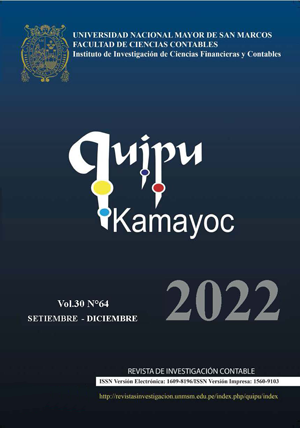Housing policy factors and sustainable urban development of Peru by the year 2030
DOI:
https://doi.org/10.15381/quipu.v30i64.24076Keywords:
urbanism, housing, population, habitability, sustainable urban developmentAbstract
Objective: To carry out a systematic descriptive exploratory analysis of the National Housing and Urban Policy and the Sustainable Urban Development Law, with the purpose of identifying the most relevant categories and subcategories of both documents. Method: The method used was constant comparative, which is a way of interpreting texts through coding and comparing them. Results: The result of the constant comparative analysis left four systematic networks, the first two were on the National Housing and Urban Policy and the remaining two on the Sustainable Urban Development Law. For the National Housing and Urban Policy, the most recurring subcategory was habitability, while in the Sustainable Urban Development Law the main subcategories found were urban planning and territorial conditioning. Conclusion: The norms and urban plans such as the Sustainable Urban Development Law and the National Housing and Urban Policy, through their adoption and supported by the set of subcategories that compose them, will increase economic and, above all, urban development, where the main goal is to achieve sustainable urban development.
Downloads
Downloads
Published
Issue
Section
License
Copyright (c) 2022 Will Erick Araujo-Aguirre

This work is licensed under a Creative Commons Attribution 4.0 International License.
AUTHORS RETAIN THEIR RIGHTS:
a. Authors retain their trade mark rights and patent, and also on any process or procedure described in the article.
b. Authors retain their right to share, copy, distribute, perform and publicly communicate their article (eg, to place their article in an institutional repository or publish it in a book), with an acknowledgment of its initial publication in Quipukamayoc .
c. Authors retain theirs right to make a subsequent publication of their work, to use the article or any part thereof (eg a compilation of his papers, lecture notes, thesis, or a book), always indicating the source of publication (the originator of the work, journal, volume, number and date).





























